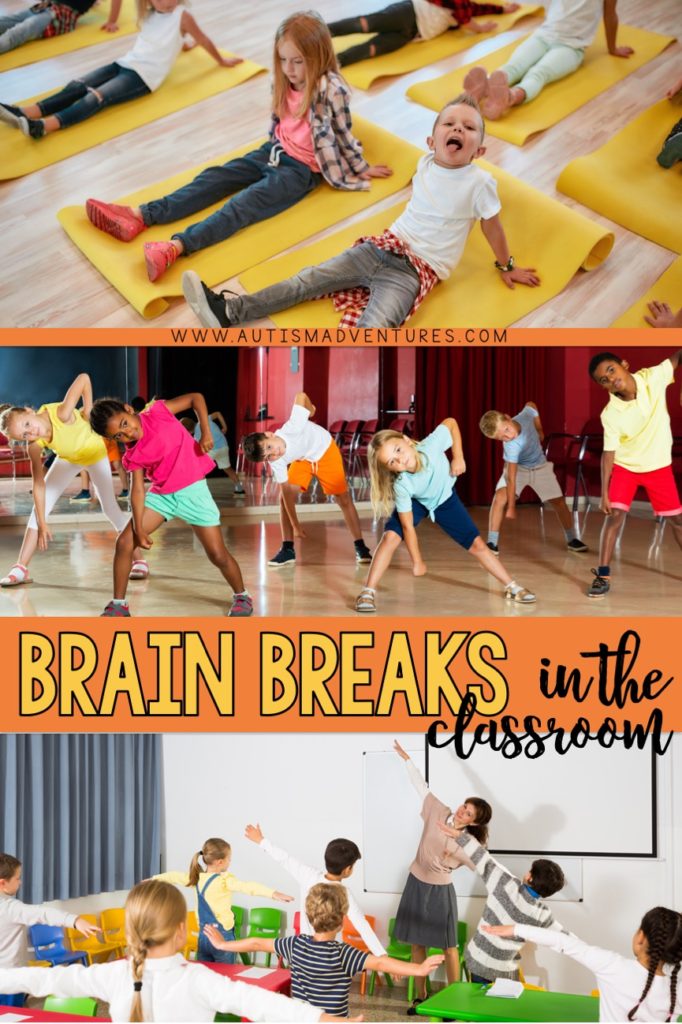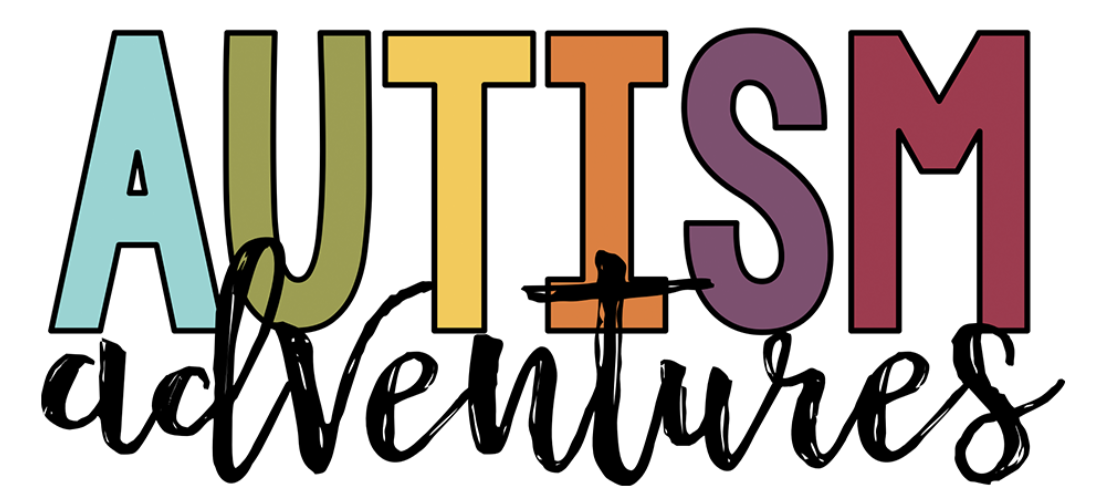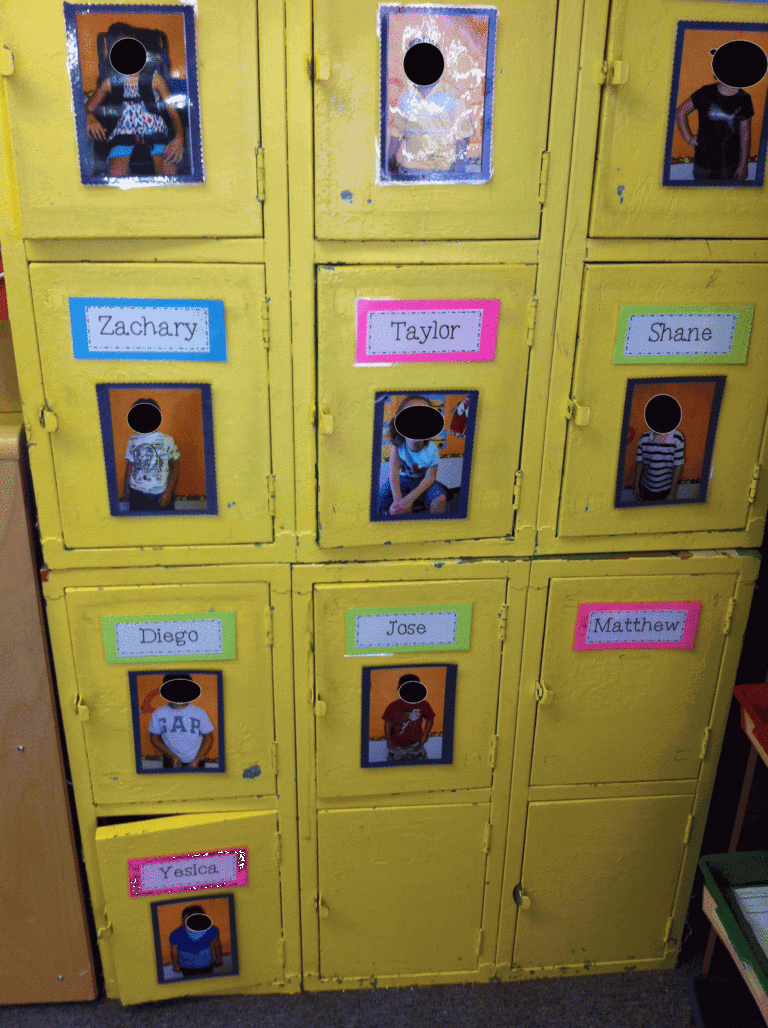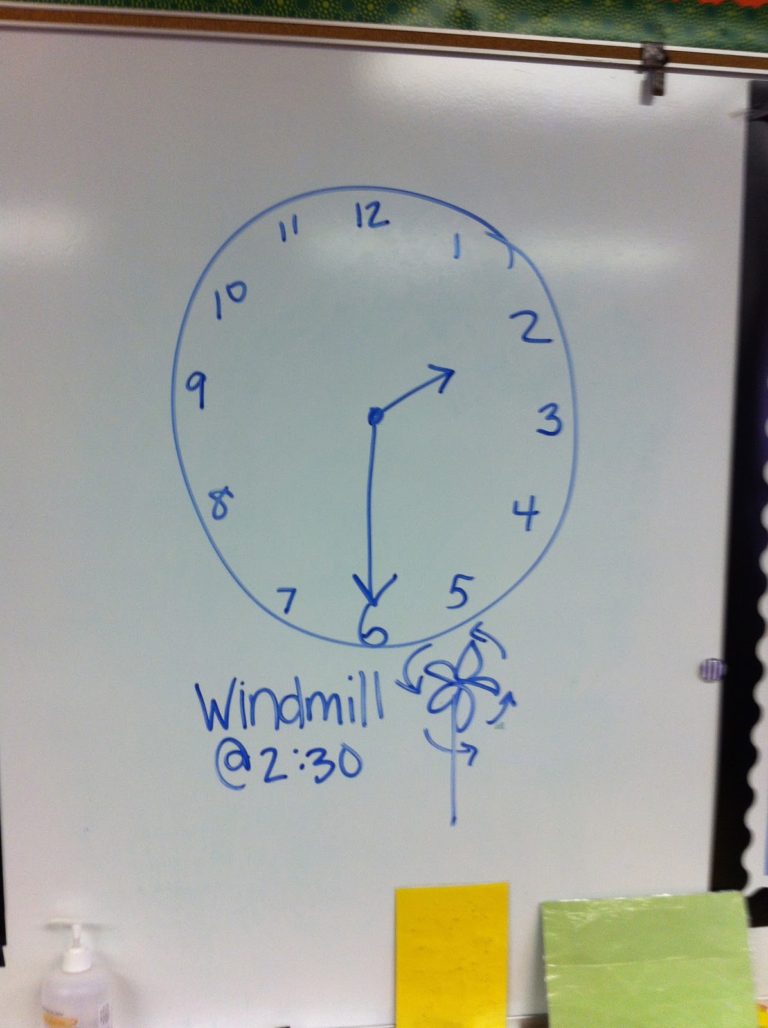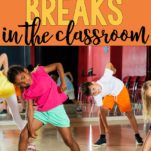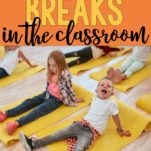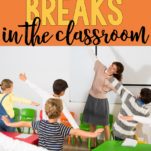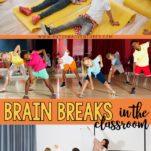Brain Breaks in the Classroom
What Are Brain Breaks?
Think back to a class in which you had a huge exam. Do you remember preparing for it? Studying, studying, studying…for hours on end? Do you remember how exhausted you were, how you thought that if you had to concentrate for one more minute, you wouldn’t make it? This is where brain breaks can become beneficial!
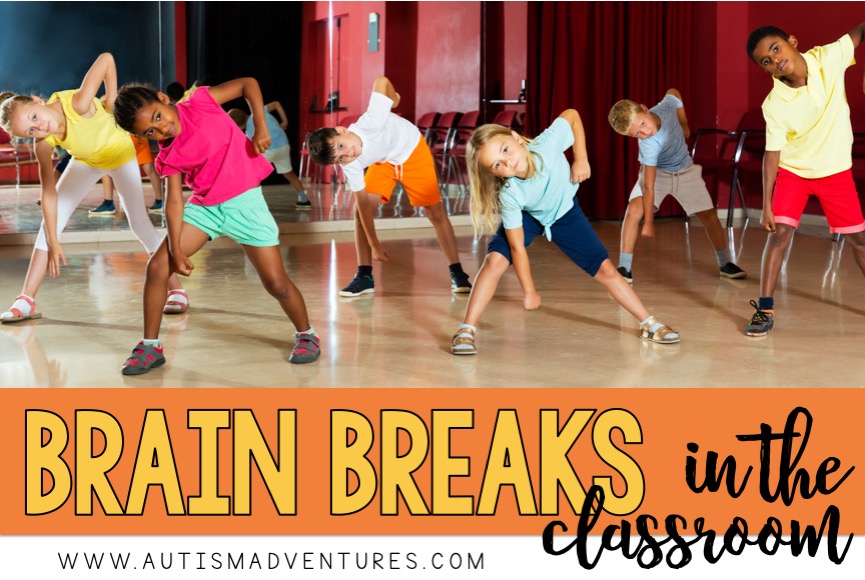
What you needed was a brain break. And that’s what students often need in today’s classrooms. A brain break is a mental break that is used to help students refocus and pay attention. Brain breaks are short, but often involve physical activity. When teachers have kids move to “get their blood flowing,” it really does; movement provides oxygen to the brain which helps kids be able to refocus on learning. Brain breaks can be beneficial from pre-school all the way through college courses. Everyone can benefit from a brain break!
Why Are Brain Breaks Important?
Brain breaks are important for students – and for teachers too! Often, we expect students to sit and work on learning activities for an extended period of time. However, a good general beginning guideline I learned years ago from a colleague was this. For the length of time a student can attend to a single task is to double their age. So, an 8-year-old second grader can likely maintain focus on a task for 16 minutes or so. A 12-year-old can maintain focus for around 24 minutes. It is safe to assume that students who have disabilities may be challenged in focusing as long as their peers. Therefore, we may need to rethink how we structure our class time so that we are not asking students to stay with one task so long that it becomes counterproductive. Many factors can also contribute to this. How difficult is the task? What was the students morning like? What time of day is it?
When students sit for a long time, it is more difficult for them to attend to instruction. They become fidgety and can engage in off-task behavior. Brain breaks have been shown to actually increase on-task behavior, along with increasing the amount of physical activity that students get. Research suggests that when we take a break from concentrating on a learning tasks, our brain goes into a “default state” – a condition that, while the brain is resting from the task, it is still actively constructing memories and reflecting on past experiences; this constitutes a phase of learning. A brain break isn’t idleness or wasted time. Because students’ focus and productivity increases after a brain break, the couple of minutes that they use are worth it.

Common Brain Break Activities
Anything that incorporates movement can be a brain break. Here are some suggestions:
- Simon Says. Use the “Simon Says” command to have kids hop, jump, and stretch.
- Dance Party. Put on music for 2 minutes and let kids dance it out!
- Yoga Poses. Teach your students some basic yoga poses and channel your inner yogi to lead students. Warrior pose, anyone?
- Move Like A…Ask students to move quietly around the room in different ways. Move like a cat, an elephant, a baby or an old person.
- Take a Walk. Get out of the classroom for a few minutes and talk a walk around the school or outside.
- Hot Potato. Place students in a circle and have them pass a beanbag around the circle to music. When the music stops, the player holding the beanbag is “out.”
- Friendly Chat. Set the timer and let students stand up and go talk with their friends for a couple of minutes.
- Order Up. If you have a large class, you may need to split them into two groups. Give them a category and have them line up in order (birthday month or day, first letter of middle name, etc.).
- Sing a Song. Lead students in a song that they all know (Row, Row, Row Your Boat or something similar works!). Encourage everyone to take deep breaths as they sing and to pantomime the song. Alternatively, you might have students sit down when they hear a specific word or sound, then stand up when they hear it again. Start by singing slowly, then speed up to really get the kids moving!

How to Successfully Work Them Into Your School Day
One key to successfully using brain breaks is to help students engage in them BEFORE they become distracted or tired. Be mindful to have students work on a task for double their age, then stop students for a brain break. The break should only be a minute or two; it is a good idea to set a timer so that students know when the timer alarms, it is time to refocus on their task. Once these brain breaks become part of their normal routine, students will know what is expected of them. Classroom time will not be wasted.
You might want to mix up the type of brain breaks that you use. Suppose that you have been teaching students the parts of a paragraph and they have been working hard for 15 minutes on the new skill. It’s time for a brain break! You might choose something active, like running in place, doing jumping jacks, or dancing. Or you might choose something quieter and relaxing, like a guided meditation, stretching, or drawing. Anything that allows the students to use a different part of their brain than during the academic task on which they were working can be considered a brain break.
Helpful Websites Related to Brain Breaks
GoNoodle.com is a website that has activities for students to engage in movement and practice mindfulness. There are free, short videos on this site that help engage students in movement in the classroom.
MoveToLearnMS.org contains 5-minute videos by grade band (PreK, K-3, 4-6, and 7-12) that get kids to move, right next to their desk.
The article entitled Incorporating Brain Breaks offers a lengthy list of physical brain break activities along with a list of “would you rather” questions that require students to think in a different way.
The Learning Station has 32 free brain break videos for kids. These videos incorporate movement and dancing and are designed for young children (PreK-1st grade).
Like what you read? Don’t forget it, PIN IT!
